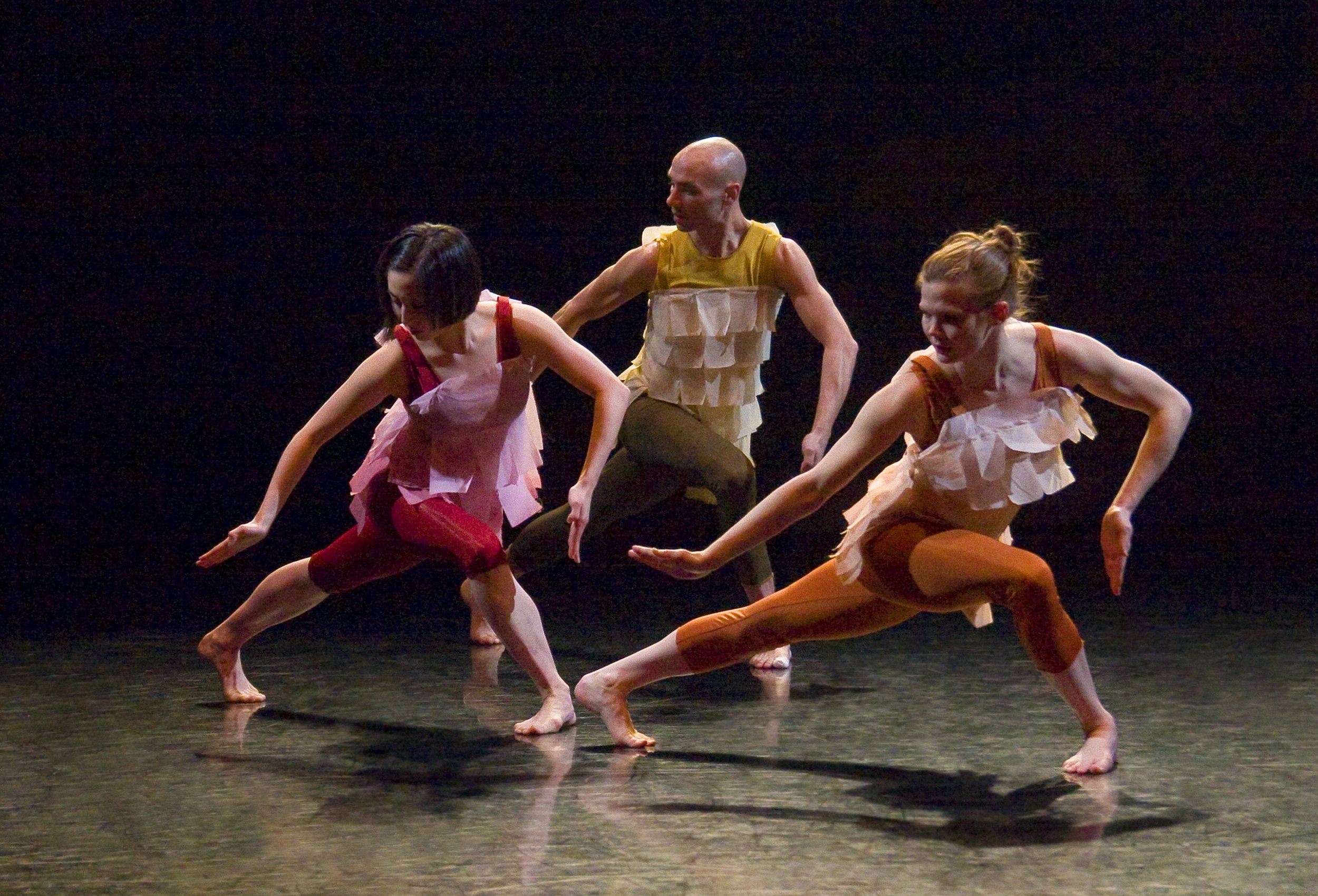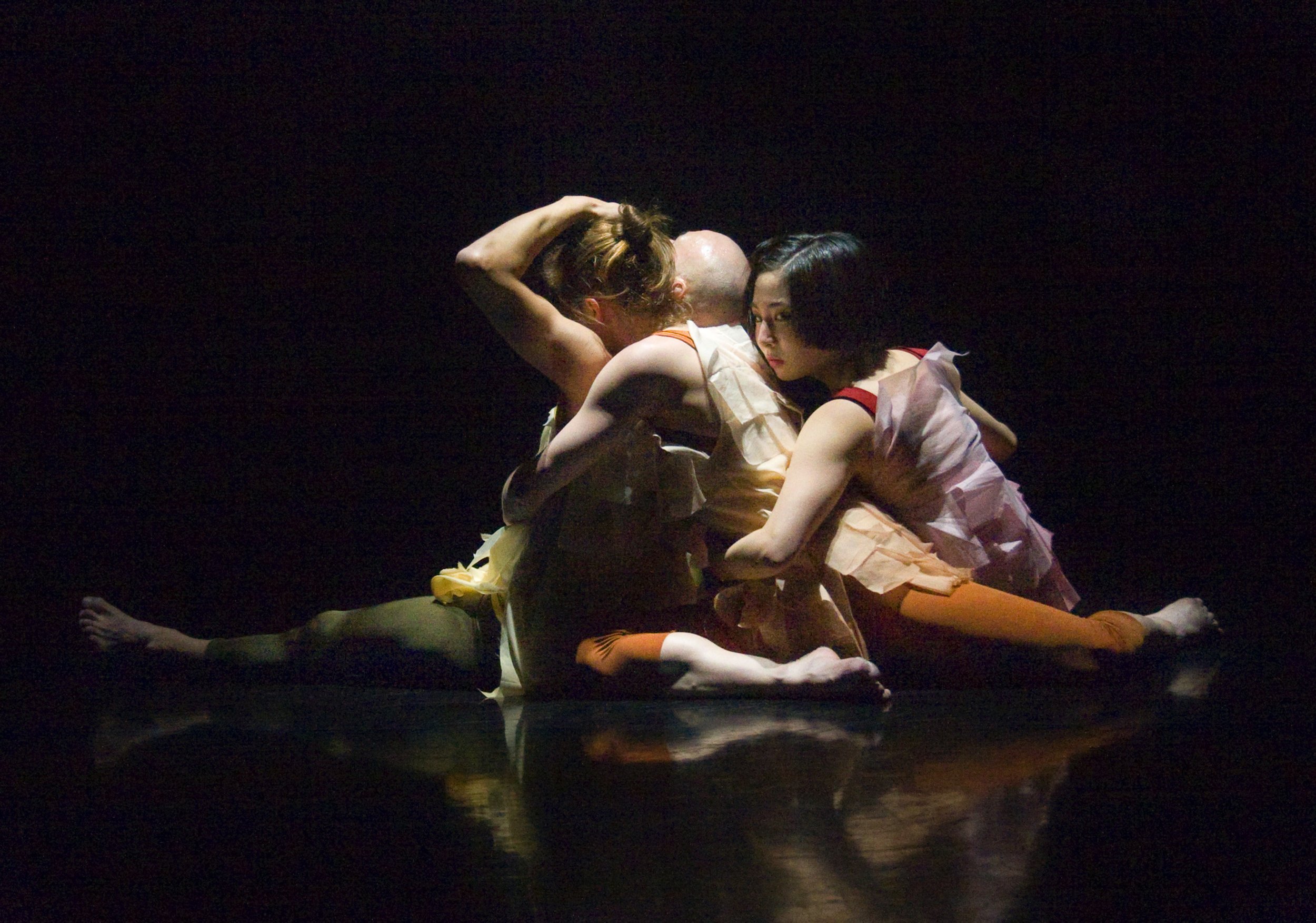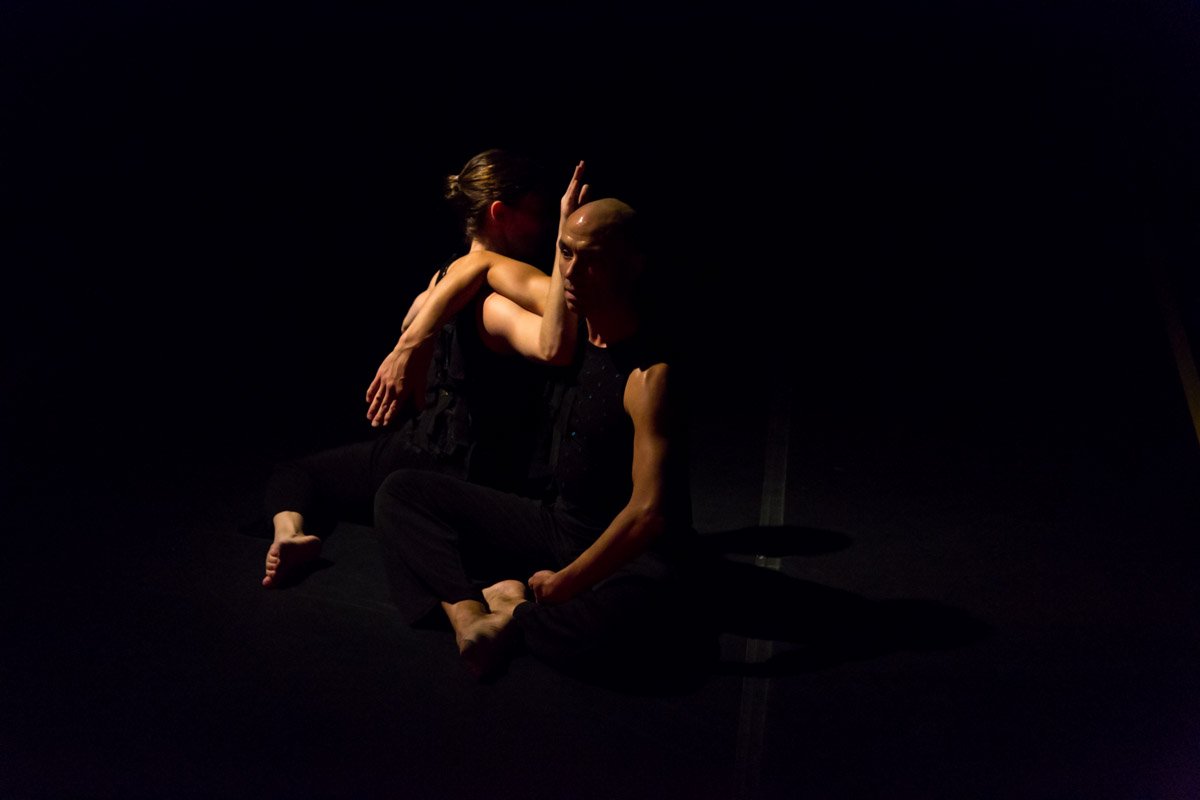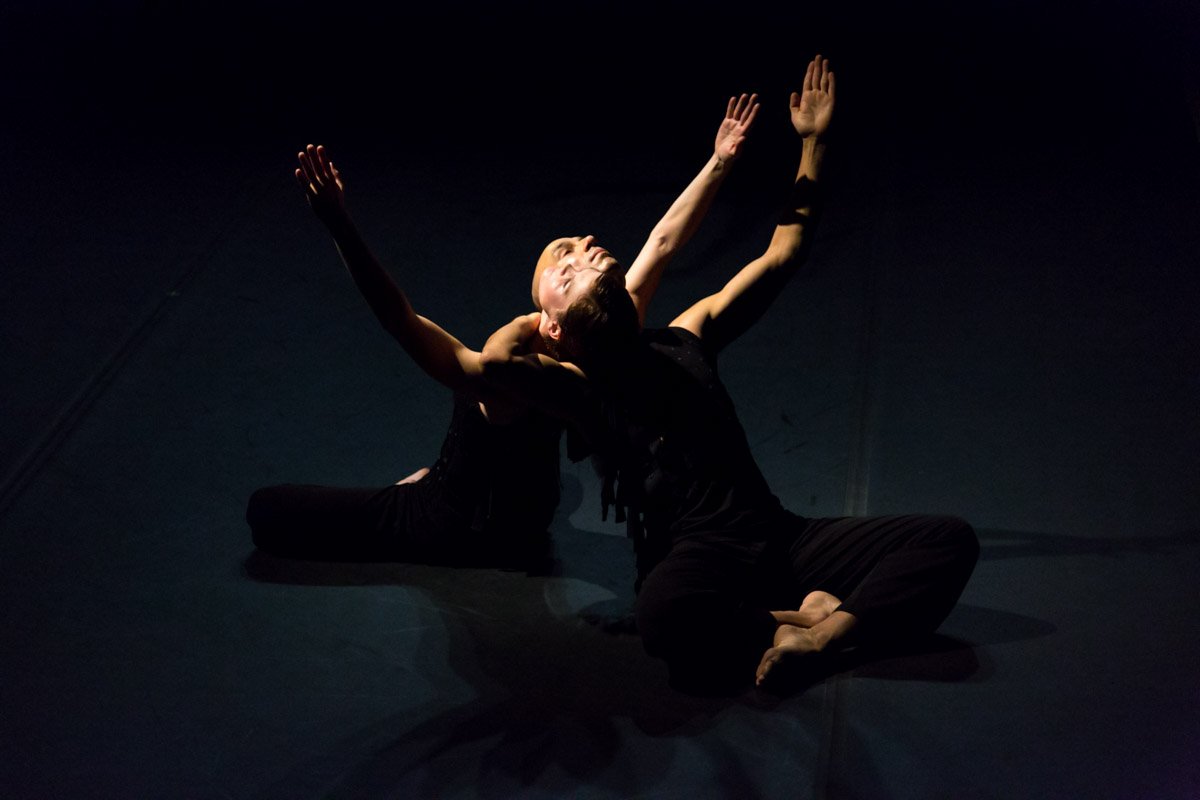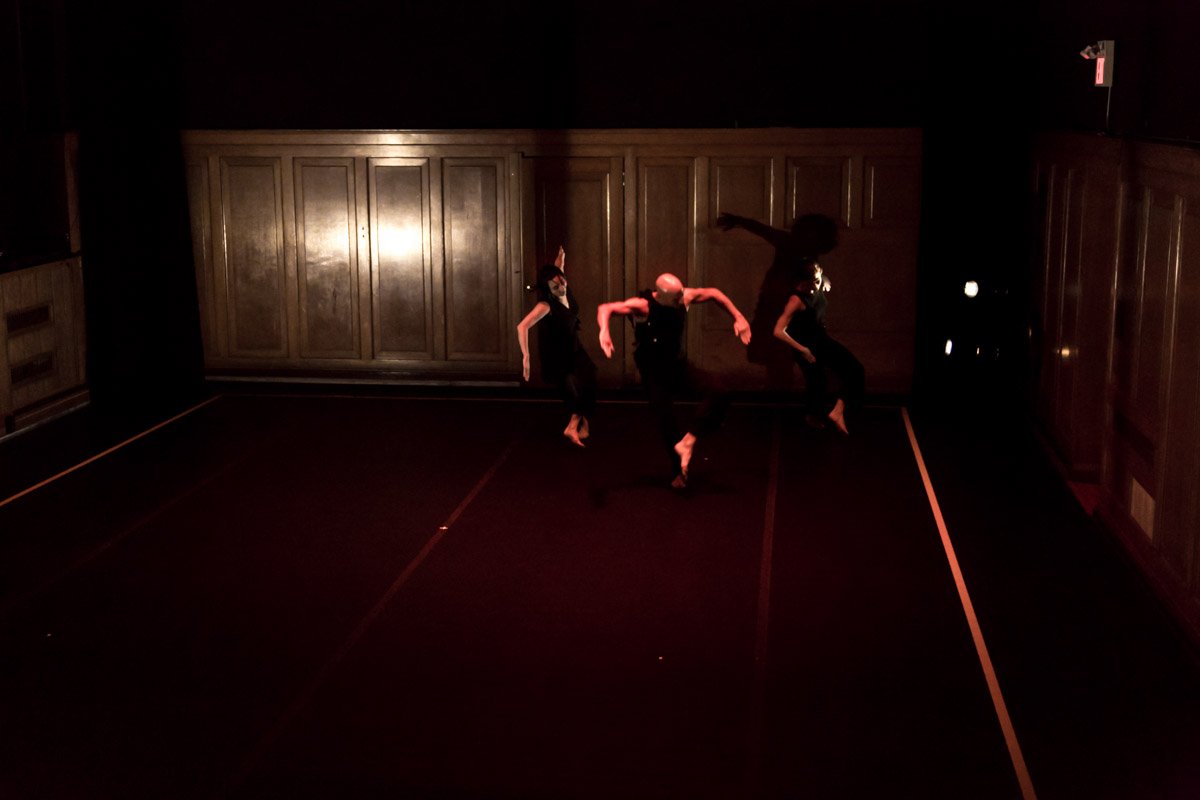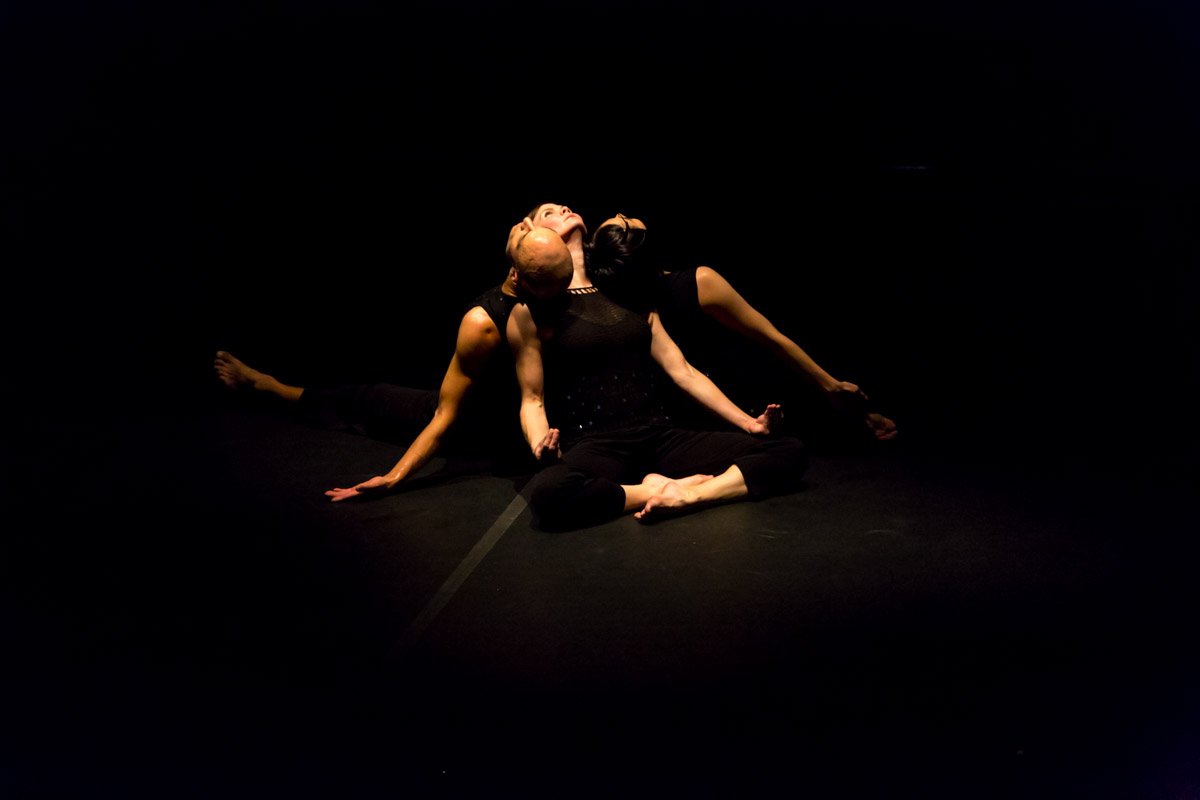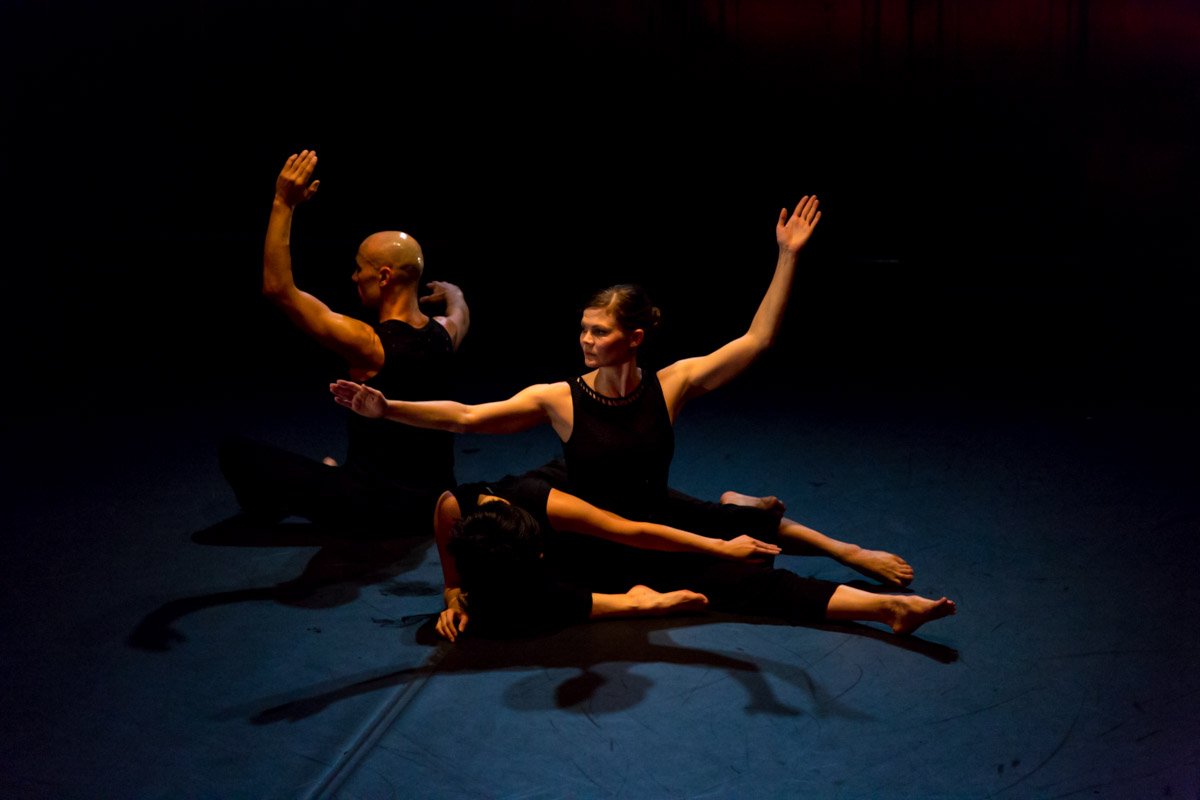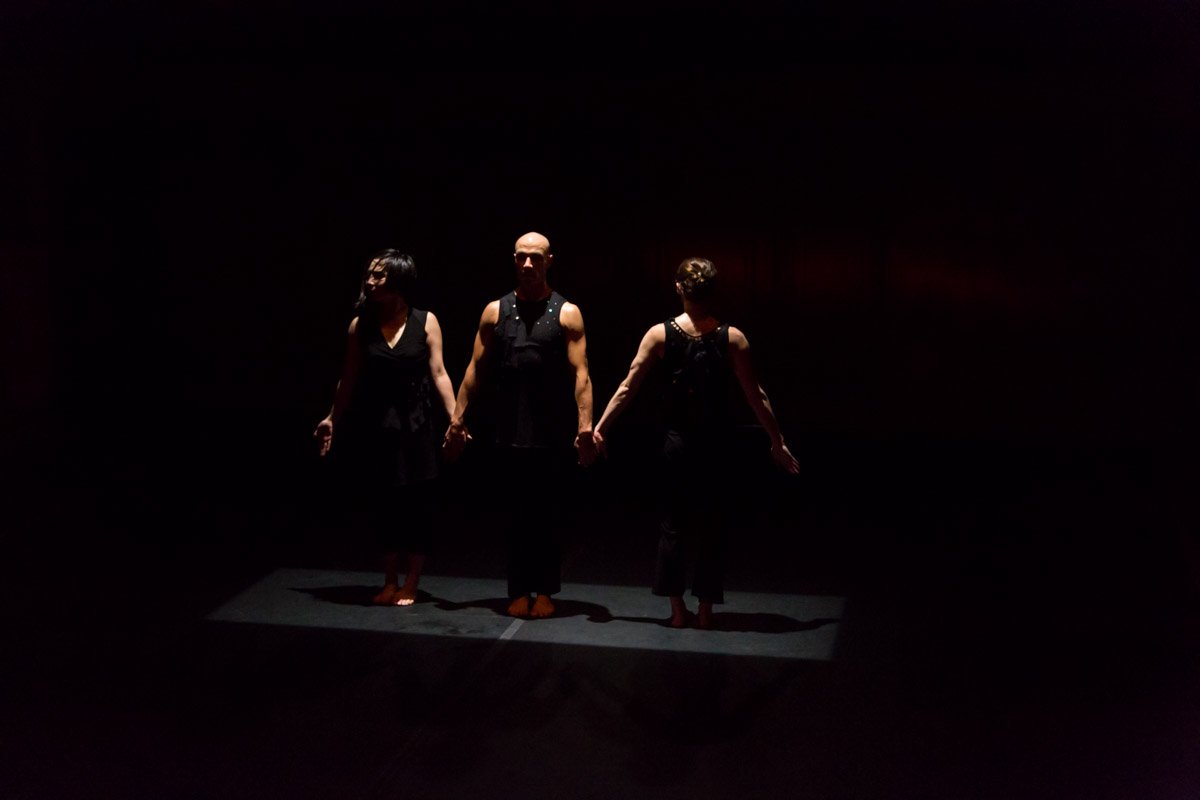Are You Okay (2011)
/Another of a small handful of plays in Peggy’s company repertoire, Are You Okay occurs during the period when Peggy largely moves away from performing and towards becoming a choreographer of works for small ensembles of dancers engaged by by her company.
Peggy writes: Remembering Are You Okay gives me a chance to think back over the extraordinary events through which I became a colleague and friend of the magnificent actor and playwright Michael Healey.
In 2000, I was contacted by Layne Coleman – then Artistic Director or Theatre Passe Muraille – about performing with him in a fundraiser called Blind Date. The idea was to pair unlikely performance partners for a one-night-only event, and Layne and I collaborated on plans for a short work together. The day of the event I got a call from Layne explaining that he could no longer be present and that Michael Healey had agreed to take his place. A few minutes later Michael and I spoke by phone, and I suggested that rather than planning anything ahead of time, we meet for the first time in front of the audience, make our plans then and there, and immediately perform together. It turned out to be a super-charged, inspired, and inspiring experience that left us each dreaming about doing something together in the future.
Fast forward to 2008. Michael saw the Toronto premiere of my dance Portal – a dance that moved him deeply – and when he contacted me about it we ended up having a heartfelt conversation in which I confessed my misgivings about continuing to perform as a dancer now that I was well into my sixties. In response, Michael wrote me a gorgeous, harrowing poem based on a story I had shared with him about being in class with a radiantly gifted a young dancer. When I thanked him for his gift, he suggested the idea of doing a show together, and we started exchanging ideas. Just as we got going on that – completely out of the blue – I lost my performance partner for Denise Clarke’s Radio Play, and by some miracle of timing, Michael was able to step in for him. The work together was intense and exhilarating.
Early in 2009 Michael sent me an outline for the performance piece he imagined – a simultaneous one-man, one-woman-show concerning creation, physical mastery, and the ephemeral nature of professional competency. With Michael’s permission, I memorized the text of his email describing our show and spoke it while I danced, performing on the tiny stage of Lula Lounge for a Nightwood Theatre fundraiser. It was my first movement exploration for our show, and I can still trace some of the choreographic ideas for Are You Okay back to that sketch.
Collaborating with director Daniel Brooks, sound designer Debashis Sinha, and lighting designer Rebecca Picherack, Are You Okay premiered at Factory Theatre in March 2011.
“Are You Okay deliberates questions every artist must consider at some point of his/her career and Healey and Baker capture the delicate nature of this discussion with proportion, sophistication, and playfulness, a testament that they have come to terms with the challenge of the unchangeable, and that they have emerged more deeply immersed…” Tina Chu, MONDOMAGAZINE
“…such grace, such discipline, such victory…The thing’s a jewel.” Robert Cushman, The National Post






























